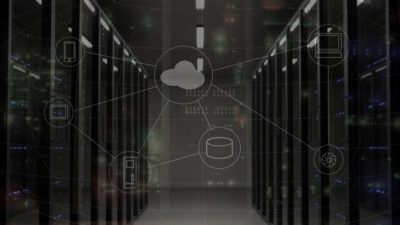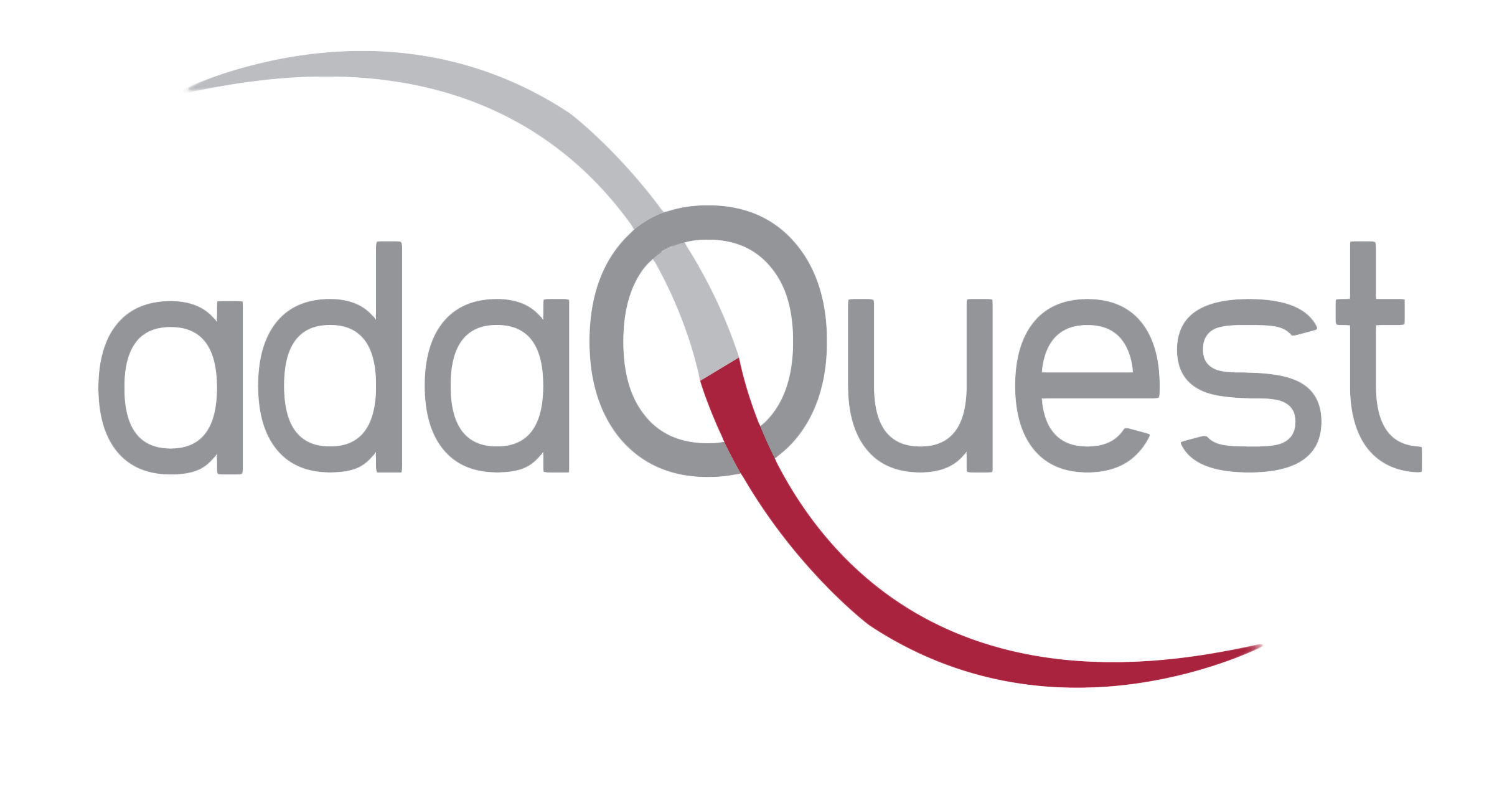
24 Jul Securing and Managing your Azure Environment – Not everybody does it right!
Even if you are not in the IT industry, you must have heard of this “thing” called Cloud. The concept of cloud computing is revolutionizing not only the IT industry but how everybody else goes about producing and delivering their services or products. And of course, it is a market opportunity for many IT companies with many publications sizing the market to be as much as $141B by 2019.
In this new environment, companies will need help to avoid cloud sprawl. The two elements that are going to be at the forefront of every cloud solution is security and ability to manage. The fact that a lot of the security and management of your network assets have been enhanced in the cloud, it does not mean there is no work to do. The concept looks more like a joint responsibility between the cloud provider and the IT departments as opposed to relying entirely on one or another.
There is a very small percentage today of cloud tenant environments that are properly set up from a security and well-managed standpoint. For example, most companies on Azure are not fully utilizing Azure Security Center. There are three aspects of a secure and well-managed environment that should be taken into consideration:
Protect and Detect Threats: There are built-in features that enhance the ability to monitor threats, whether the machines on the network have the latest security patches, monitor which applications are accessing your network data and much more.
Data Backup: Many people believe that because the data is in the cloud, and the cloud providers have replication across data centers, that you don’t need to backup your data. If a user deletes a record in your database, that action will be replicated, and unless you have historical backups and the ability to easily access them, that data will be lost.
Network Monitoring: Virtual Machines and workloads on the cloud must be set up in such way that logs of network activities are been collected and stored. Logs monitor network activities such as CPU, memory and disk use. Many of these logs will allow for traceability in the event you must troubleshoot an issue.
Cloud providers provide the ability to do all of the above, but many of these implementations require an understanding of the security and monitoring capabilities of the cloud as well as an understanding of the business requirements.
The broader full life-cycle hybrid security and management are characterized by the following elements:
- Protect: Provide High Availability, Backup, Disaster Recovery.
- Secure: Threat Protection, Security Management, Response to Attacks.
- Manage: Monitoring, Change Management, Reduce Mean Time to Resolution, Improve Performance and Usability.
Having the right staff or partnering with an IT solution provider that specializes in Security and Monitoring is going to be critical for business moving forward. Many customers have already paid for the capability, but have not yet deployed due to lack of focus, knowledge or time.



Sorry, the comment form is closed at this time.